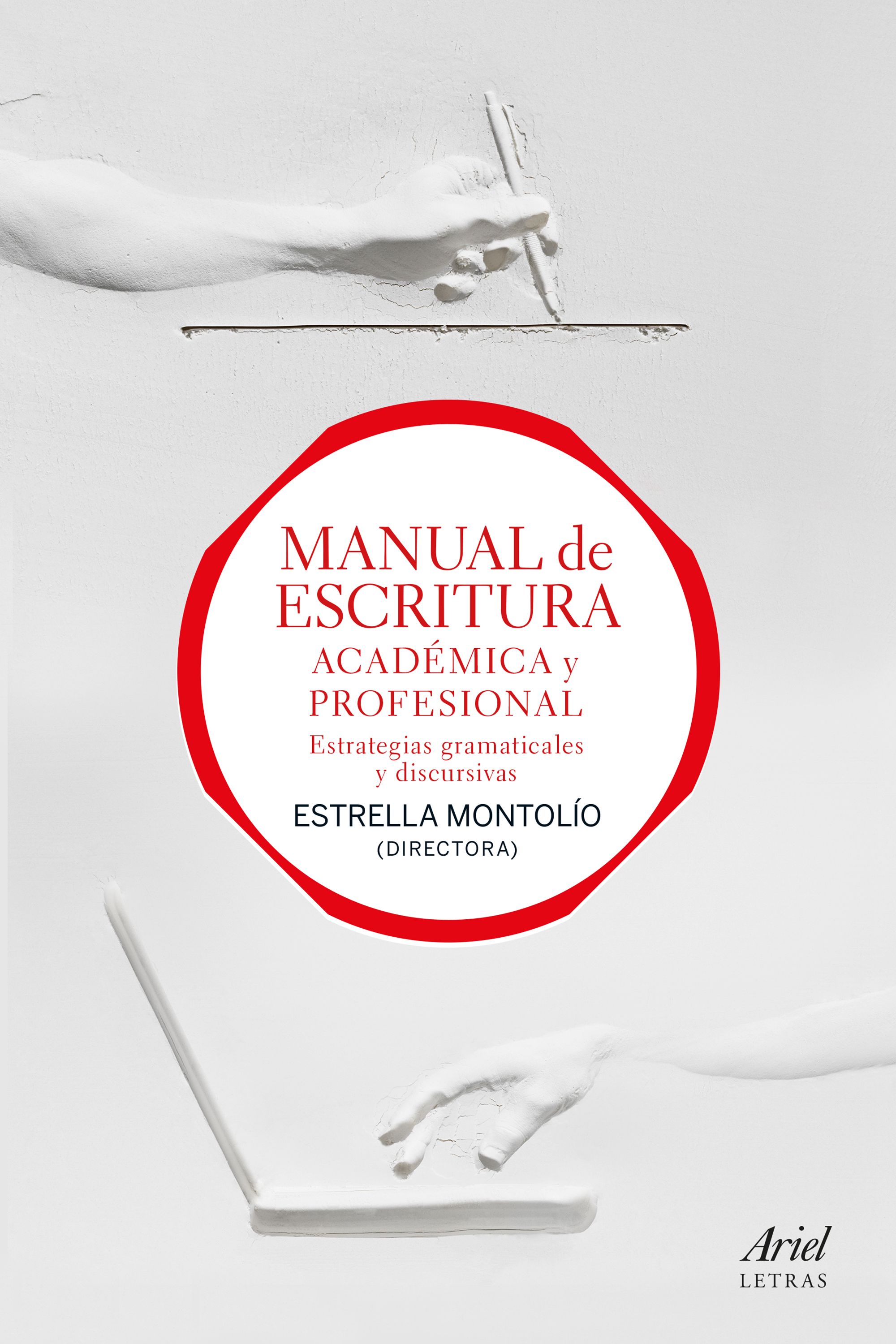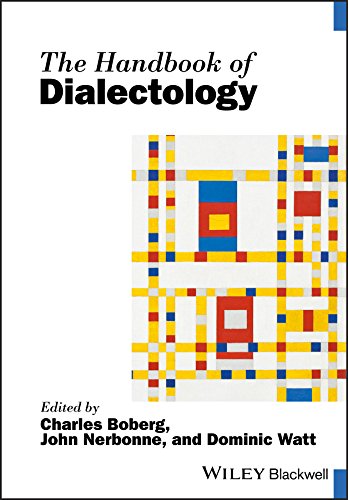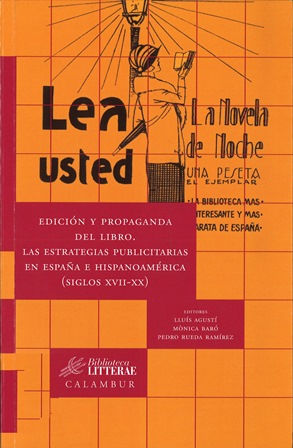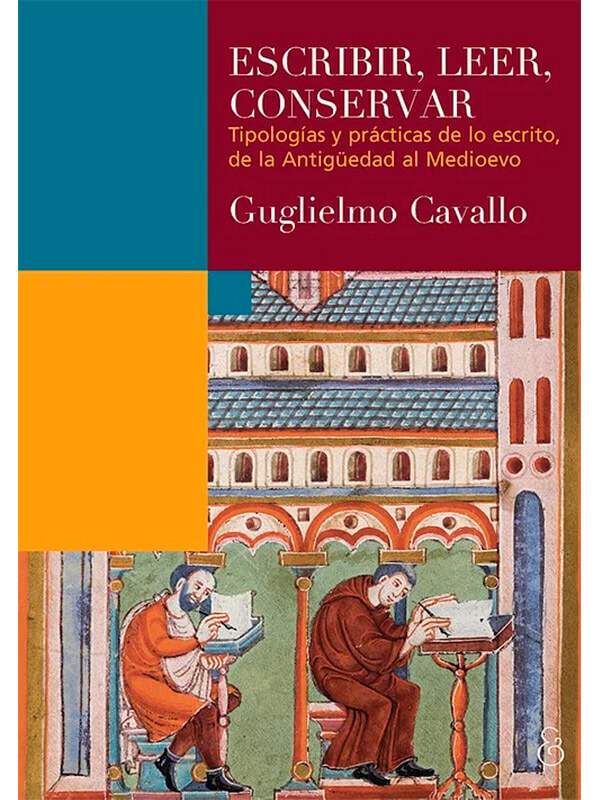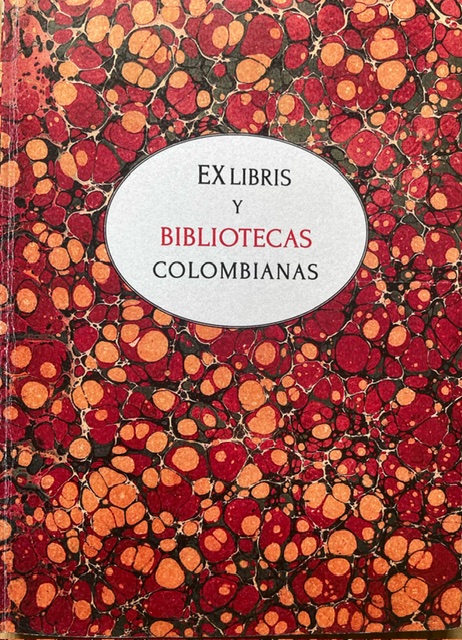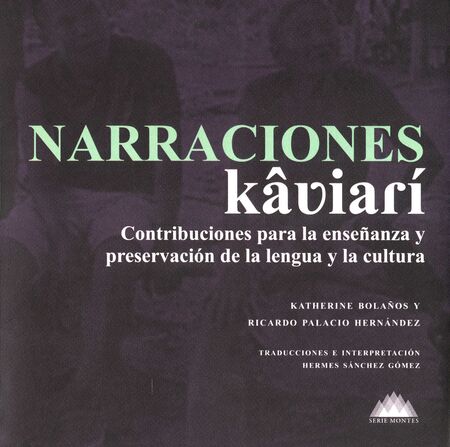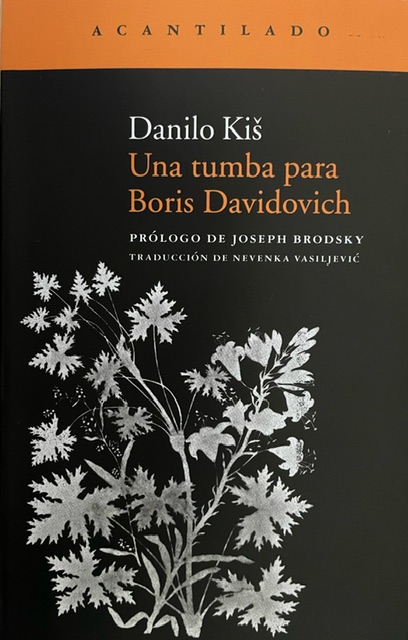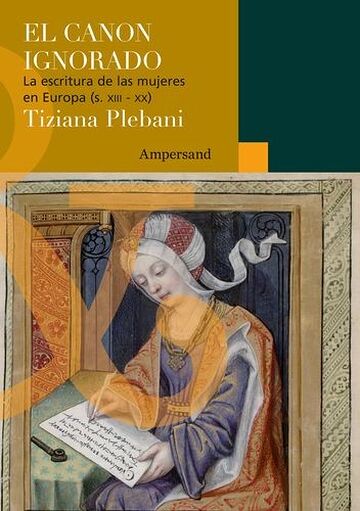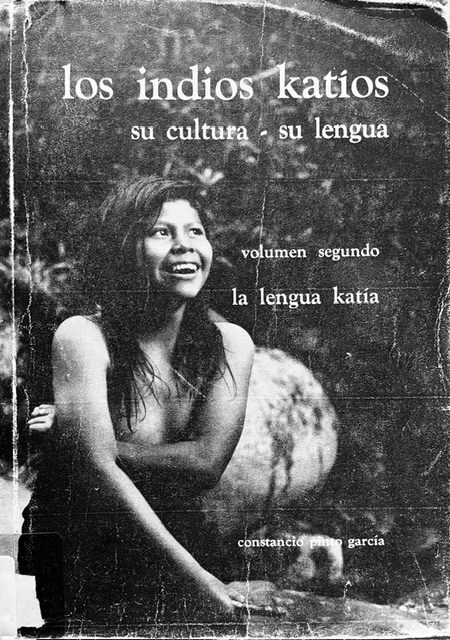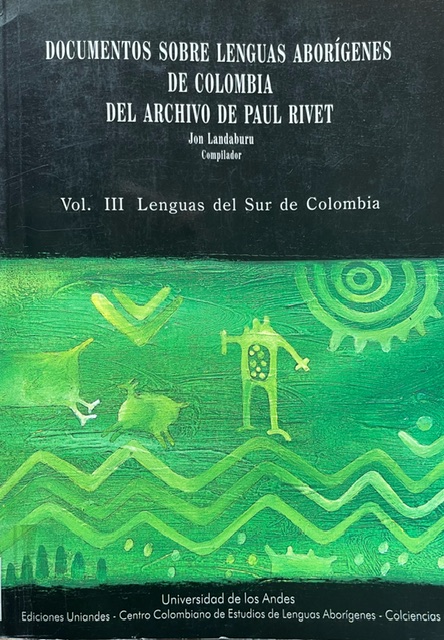Gregory Rabassa's Latin American literature : a translator's visible legacy/ María Constanza Guzmán
Tipo de material: TextoIdioma: Inglés Lewisberg, Estados Unidos : Bucknell University Press, 2013Descripción: 192 páginas : 23 cmISBN:
TextoIdioma: Inglés Lewisberg, Estados Unidos : Bucknell University Press, 2013Descripción: 192 páginas : 23 cmISBN: - 9781611485103
- 22 428.02 G993
| Tipo de ítem | Biblioteca actual | Colección | Signatura topográfica | Copia número | Estado | Notas | Fecha de vencimiento | Código de barras | |
|---|---|---|---|---|---|---|---|---|---|
| Libros | Sede Centro | Colección General | 428.02 G993 | ej. 1 | Disponible (En catalogación) | tmt10 | 500087299 |
Incluye referencias bibliográficas.
Why Rabassa?: theorizing the translator's legacy.-- Rabassa's conceptions of translation and language. -- Del lado de alla y del lado de aca / From this side and from the other: Rabassa's dialogue with his authors. -- Ayer y hoy / Past and present: Rabassa's canon and the reception of his translations. -- Rabassa's translations and an imagined Latin America.
This dissertation studies the legacy of Gregory Rabassa, translator into English of such canonical novels as García Márquez's Cien años de soledad and Cortázar's Rayuela. Rabassa is placed at the centre of inquiry in order to recognize the translator’s role in shaping literary traditions and producing knowledge, and to explore ways in which the question of the translating subject can be entertained critically.
Chapter One “How Do We Speak of the Translator?” outlines the theoretical framework of the study. After an overview of traditional conceptions of the translator's figure in translation studies, the chapter focuses on contemporary theoretical approaches, largely drawn from poststructuralist perspectives, which pay particular attention to the importance of historicizing the translator's practice, recognizing the translator as a visible agent, and conceptualizing translation as a form of writing that unfolds within complex interactions and negotiations.
Chapter Two “Rabassa's Theory: The Translator's Reflections about Language” examines Rabassa's writings about translation, particularly his recently published book If This Be Treason: Translation and Its Dyscontents, and explores the conceptions of language and translation that underlie his statements.
Chapter Three “Del lado de allá y Del lado de acá/From this Side and From the Other: Rabassa's Dialogue with his Authors” is a reflection on Rabassa's ways of entering into dialogue with the authors whose texts he translates. This chapter investigates the nature of the translator-author relationships in Rabassa’s case, and the translator's role and expectations as they can be perceived in these interactions.
Chapter Four “Ayer y hoy/Past and Present: Rabassa's Canon and the Reception of his Translations” discusses the social and institutional aspects that may have influenced the circulation and reception of Rabassa’s translations. Of particular importance in this chapter is the translator’s relationship with the canon of Latin American literature as it began to take shape in the sixties, during the Latin American literary Boom.
Chapter Five “Rabassa's Translations and an Imagined Latin America” investigates how Rabassa's translations have participated in constructing collective narratives and representations of Latin American literature – and of “Latin America” in its literature. It ends with a general reflection about Rabassa’s role in the inter-American literary exchange, an agent bound to history and to the forces involved in the production of culture.
https://newvoices.arts.chula.ac.th/index.php/en/article/view/79
Estudios editoriales
Todas las Adquisiciones




